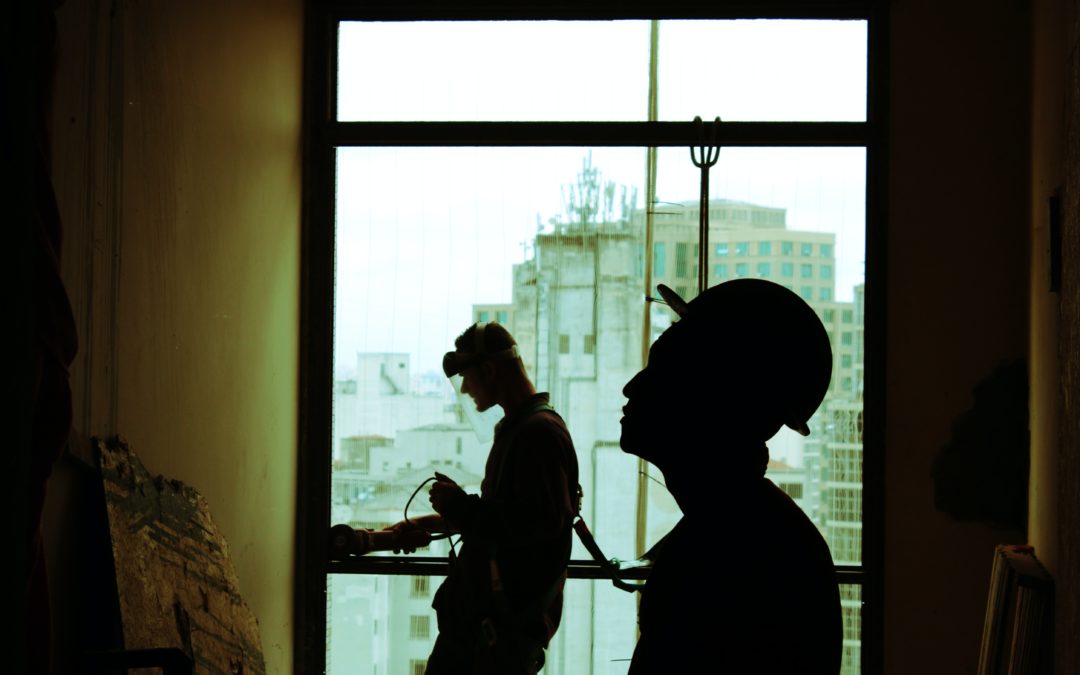When a party to a contract commits a material breach of that contract, the other party is entitled to seek damages. While there are many different types of damages, consequential damages are often involved in construction projects gone awry. This blog will give you an overview of consequential damages, including what courts look to when deciding a consequential damages claim.
Consequential Damages vs. Direct Damages
When a construction contract is breached, direct damages are often looked at as a possible remedy. Direct damages “flow freely and necessarily from the wrong” committed by the breaching party. For example, the costs incurred by the project owner for completing faulty construction work would constitute direct damages. On the other hand, consequential damages are more difficult to identify and quantify as these damages are indirectly caused by the breaching party and go beyond the actual construction contract.
Example of Consequential Damages
Say you are a doctor of physical therapy who has a new clinic being constructed. The prime contractor hired an architect to draw up designs for the facility. But one night a heavy rainfall causes the roof to collapse on the floor of your unfinished facility. As a result, your project is delayed by three months. Clients of yours who still need physical therapy services are forced to make appointments elsewhere. Because of this, you lose valuable revenue.
As long as you did not waive consequential damages in your construction contract, you can pursue consequential damages against the offending party. After some investigating, you discover that the architect’s designs were flawed and allowed rainwater to collect on the roof. As a result, you are able to make a consequential damages claim in civil court to recover your lost revenue.
Proving Consequential Damages
Although many construction contracts include provisions that waive consequential damages, courts look at damages on a case-by-case basis. Generally, consequential damages must be foreseeable and arise from the wrong committed by the breaching party. The burden of proof is on the plaintiff to show that consequential damages occurred. Additionally, the non-breaching party must show that it took steps to mitigate the financial impact of the alleged consequential damages.
Conclusion
Drafting and entering into a robust construction contract is, by far, the best way to ensure the project runs smoothly and efficiently. However, there are many ways that construction projects can take longer and cost more money than originally planned.
If this sounds like a situation you are in and you are experiencing adverse financial effects, call our firm to see if we can recover consequential or other types of damages for you. We can be reached at 214-761-6610 today for a complimentary consultation.

